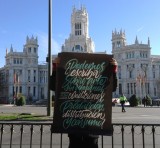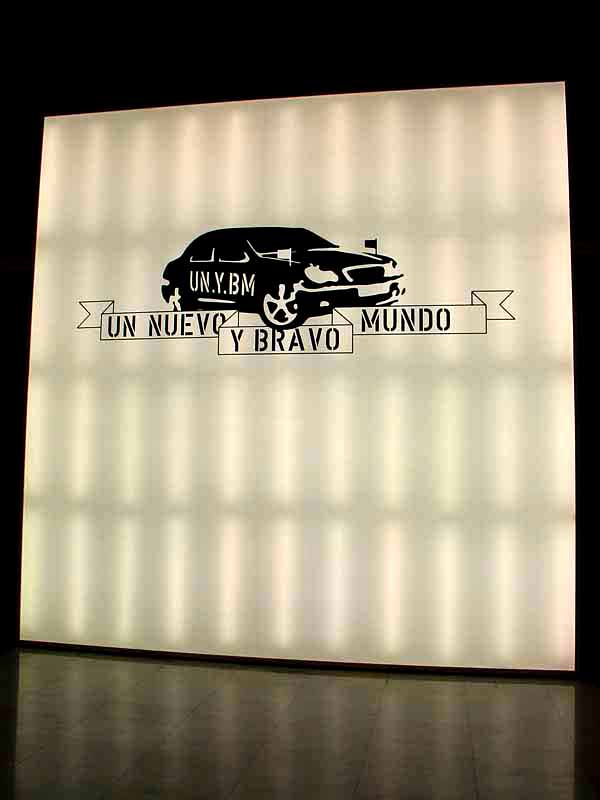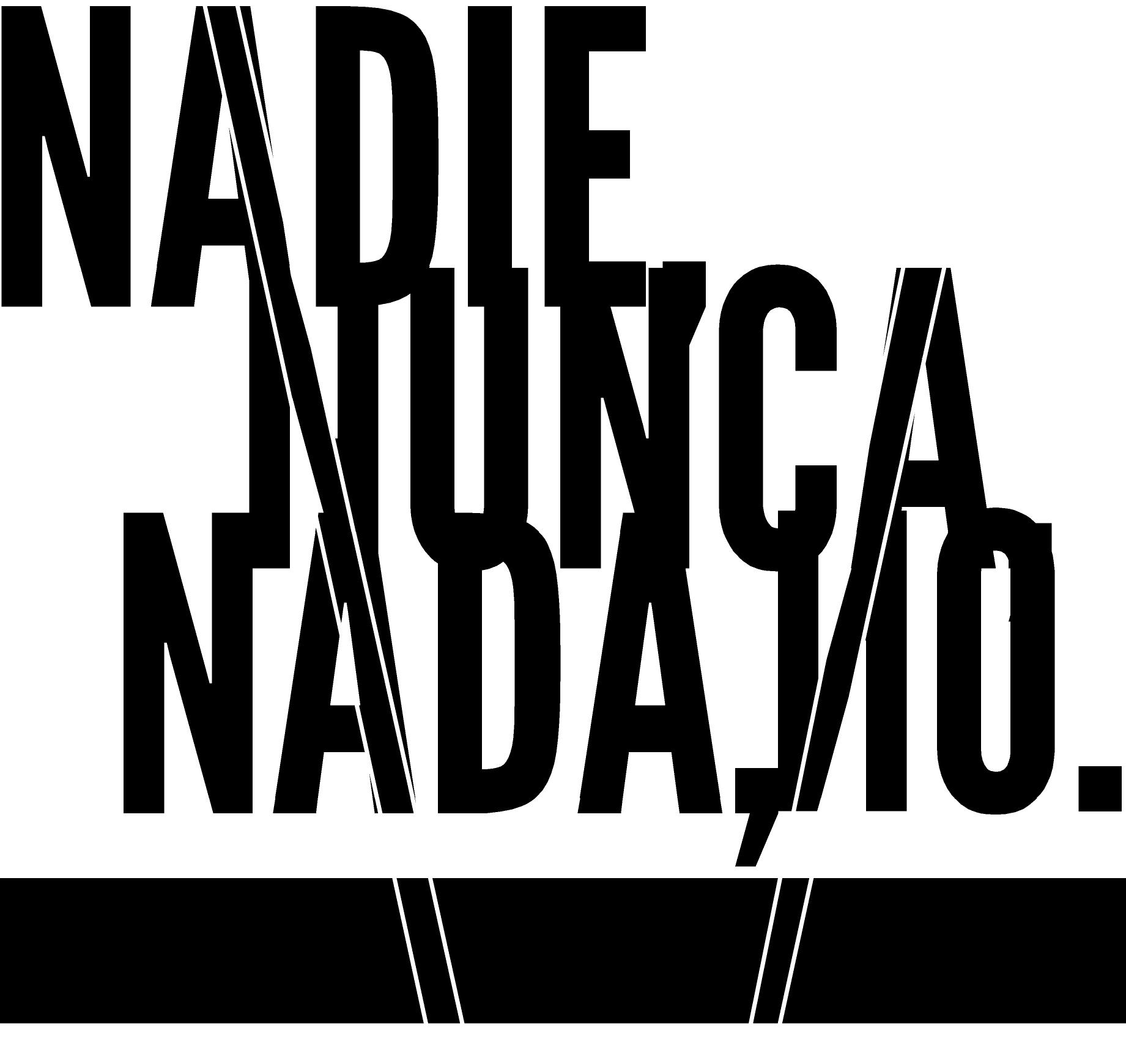Portfolio
- 7.291
- Tapiz 2024
- 21.759
- CRISIS?
- X
- Y
- Z
- Fortaleza Europa
- Horizonte de sucesos
- Las Improbabilidades Infinitas II
- Las Improbabilidades Infinitas
- Resistencia III
- Resistencia II
- R de resistencia
- Ne Travaillez Jamais
- Alguien Ahí
- El Gen Rojo
- Herramientas de Construcción Nacional I
- Juarez Sound System
- Un Pais Un Ejercito
Links
Juarez Sound System

ENGLISH BELOW
El área de libre comercio entre las fronteras de México y Estados Unidos ha creado una enorme franja difusa de límites borrosos, al menos en una de las direcciones del flujo. Esta vibración en el dibujo de la frontera genera un estado de confusión permanente que anima la impunidad y la convierte en una densa sombra que impide conocer en detalle que es lo que ocurre. Sin embargo, los conflictos latentes en estas sociedades emergen en forma de cadáveres y redibujan dramáticamente esta frontera a pesar de los esfuerzos desde muchos ámbitos por restarle visibilidad. La propuesta de construir un muro de hormigón en la frontera USA-Mexicana no se concibe sólo como un modo de evitar la permeabilidad de la frontera para aumentar el control sobre los flujos migratorios, sino que pretende ocultar a la vista que es lo que ocurre al otro lado –baste recordar la actuación de una parte de la sociedad de la ciudad de El Paso, donando materiales de pintura para ”embellecer” un área de Ciudad Juárez que consideraban tan deteriorada que afectaba, y afeaba, su visión.
Ciudad Juarez ha sido durante décadas un conocido destino de un determinado tipo de ocio nocturno desde el otro lado de la frontera, en busca de unas libertades prohibidas allá y sobrepasadas acá, es hoy tristemente famosa por los inexplicables, brutales y aun no resueltos feminicidios ocurridos en los últimos 10 años. Ciudad Juares / El Paso, es la mayor frontera terrestre de los USA, por trafico de mercancías y personas. El Proyecto Juarez, organizado por Palacio Negro y comisariado por Mariana David, puso en marcha una propuesta en la que invitaba a una serie de artistas a reflexionar e intervenir en este contexto. En esta pieza se pone en relación imágenes de un recorrido por la misma frontera, desde el lado mexicano -lo que se ve al fondo es El Paso- con una serie de grabaciones de audio realizadas en diferentes conciertos momentos antes de comenzar a sonar la música.
Cámara: Alejandra Alos
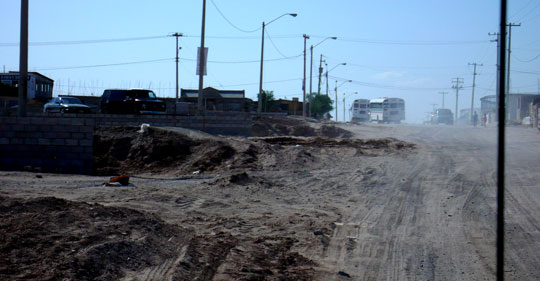
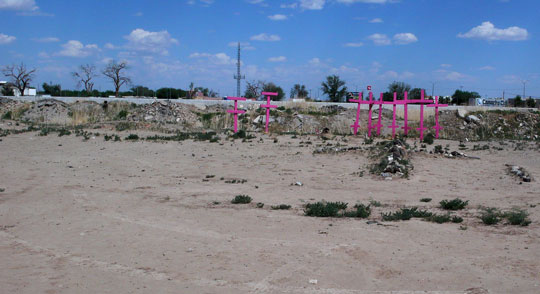
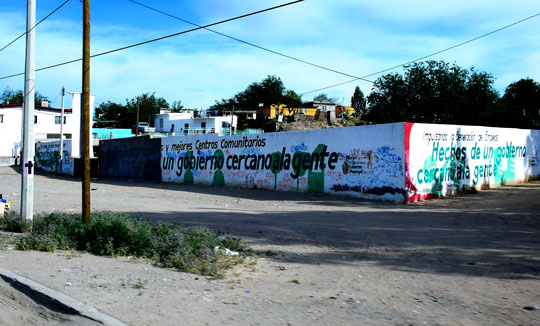
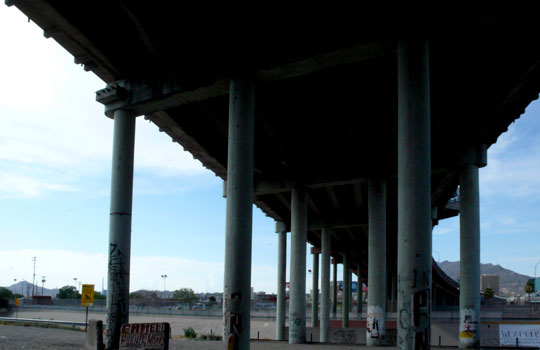
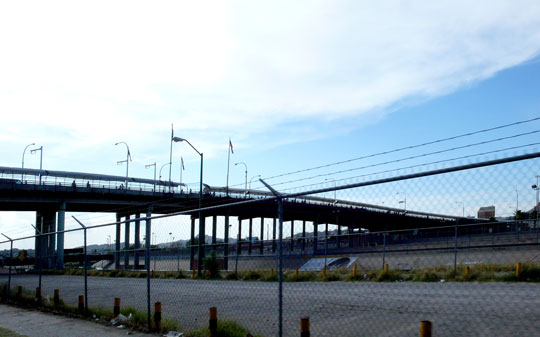
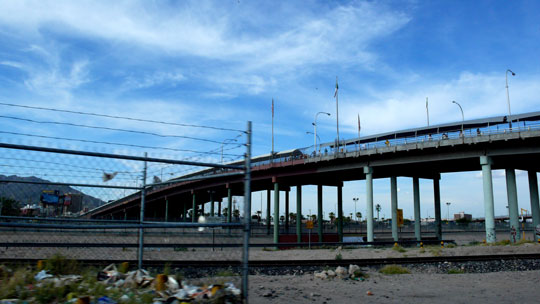
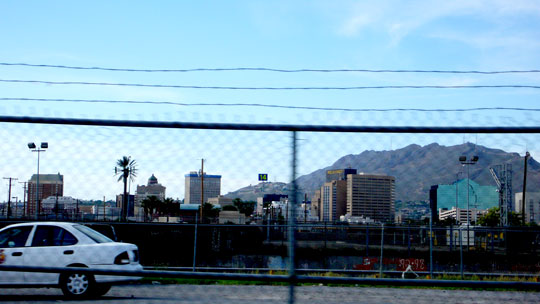
ENGLISH TEXT
The free trade area between the borders of Mexico and the United States has created a huge blurred strip of indistinct boundaries, at least in one direction of the flow. This vibration in the drawing of the border generates a state of permanent confusion that encourages impunity and turns it into a dense shadow that prevents us from understanding in detail what is happening. However, the latent conflicts in these societies emerge in the form of corpses and dramatically redefine this border despite efforts from many quarters to make it less visible dramatically redefine this border. The proposal to build a concrete wall on the US-Mexican border is not only conceived as a way to prevent the permeability of the border in order to increase control over migratory flows, but also aims to hide from view what is happening on the other side – suffice it to recall the actions of a section of society in the city of El Paso, donating paint to “beautify” an area of Ciudad Juárez that they considered so deteriorated that it impaired and spoiled their view.
Ciudad Juárez has for decades been a well-known destination for a certain kind of nightlife from the other side of the border, in search of freedoms banned on one side and taken to excess on the other. Today, it is sadly infamous for the inexplicable, brutal, and still unresolved femicides that have taken place during the past decade. Ciudad Juárez/El Paso is the largest land border crossing of the USA in terms of the traffic of goods and people. The Juárez Project, organized by Palacio Negro and curated by Mariana David, initiated a project in which a group of artists were invited to reflect on and intervene in this context. This piece connects images of a journey along the border itself, from the Mexican side —with El Paso visible in the background— with a series of audio recordings made at different concerts just before the music started.
Camera: Alejandra Alos

